The multi-retailer customer uses all available channels – both online and in physical stores, to gather information and shop. Successfully combining the two will increase sales.
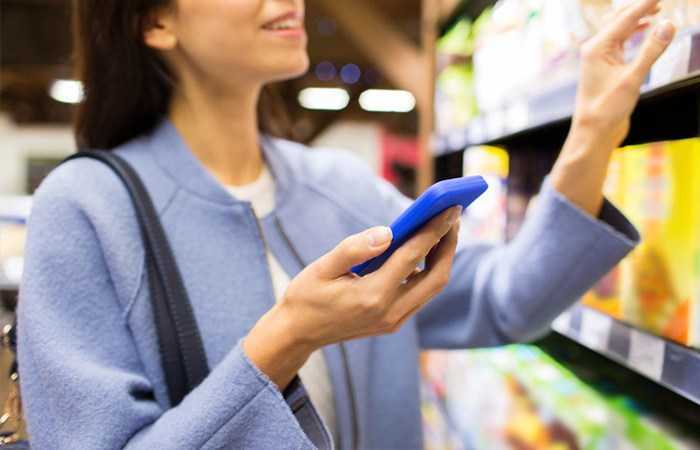
Online shopping has gained momentum in recent years, and in some industries (music, books, electronics, etc.) shopping online now accounts for a significant percentage of market share. Many retailers see the internet as the “enemy” eating away at their revenue. Showrooming (customers who examine or try out a product in the store and then order it online) is also a phenomenon that many retailers are familiar with, and most are having a hard time creating a strategy to tackle the trend.
Shopping online has a variety of advantages for the customer, and often the prices online are hard to compete with. There are, however, inherent drawbacks to online shopping that physical stores can leverage to their advantage.
Today’s customer does not define shopping preferences and uses a variety of channels, fluctuating between research and shopping, between the physical world and the virtual. The term “omni retail” is used to describe the situation where all outlets are available to the customer and are used as part of the buying process. The final decision where to conduct a preliminary shopping survey for a product and where to actually buy is influenced by product type, price range, service, personal preferences, and the customer’s shopping experience in a store or a chain. The retailer’s decisive influence is the ability to build a selling system that integrates all the different channels that will assist customers with their preliminary research and ultimately with their purchases.
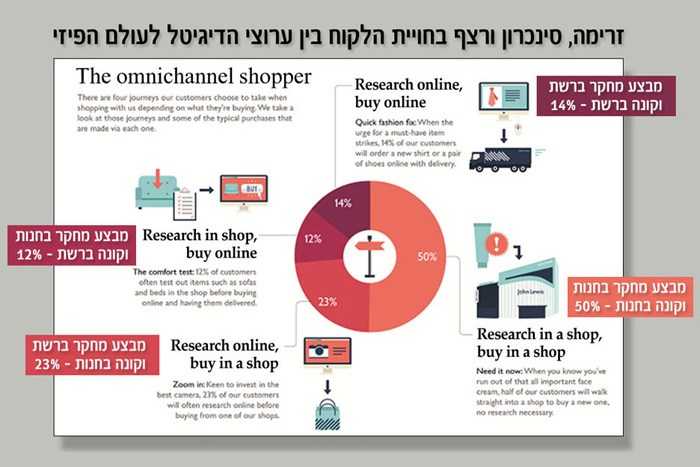 Diagram from an article by Chloe Rigby's article
Diagram from an article by Chloe Rigby's articleHow to leverage the advantages of the internet to benefit the physical store
An online presence has many advantages:
Today’s customers begin shopping while sitting at home and the retailer should be present. The right online presence should be more than a catalog; it should be part of the overall shopping experience offered by the chain or store.
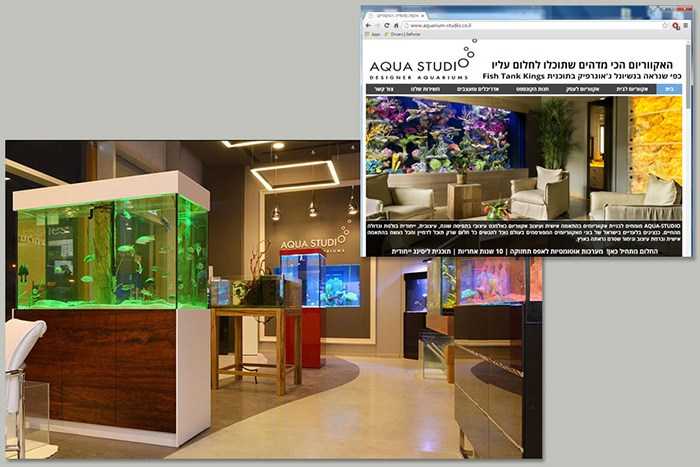 Aqua Studio – a gallery of designer aquariums
Aqua Studio – a gallery of designer aquariumsFor example, Aqua Studio was a store selling aquariums and related equipment that found it hard to compete with websites that sell similar products more cheaply. Aqua Studio’s owner decided to reposition the store as a gallery aimed at architects, not private clients, and that provides a finished product – an aquarium filled with all components + a service package. The business moved to suit its new target audience and was rebranded as a boutique store that is an aquarium expert, along with the launch of a new web site as a product catalog and as a way to attract new customers.
Ask yourself – Does your business have a presence online? Is your online presence optimally linked to your physical store? If not – you should consider what changes are needed to reach today’s customers.
Using the limitations of the internet to benefit the physical store
The retailer can enhance the experience in the physical retail space, while leveraging the customer’s physical presence to create a significant gap and valuable benefit of buying in the store.
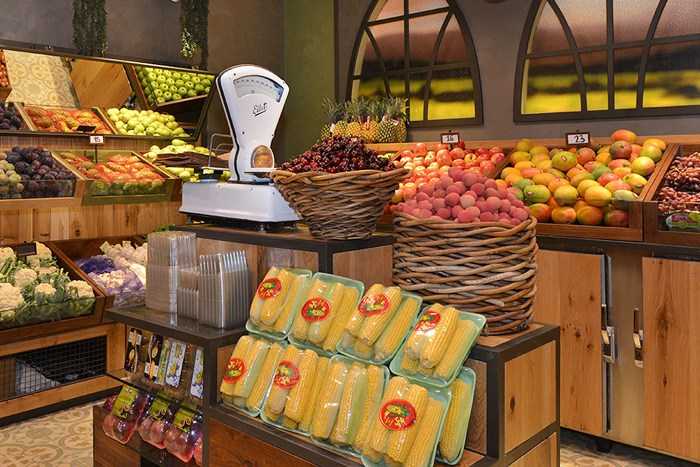 The store “Taste of Fruits and Vegetable” in the Sarona Market
The store “Taste of Fruits and Vegetable” in the Sarona MarketThe retail space should be planned and designed in an experiential way to allow as many senses as possible to be involved in the experience. A store selling food should provide samples to taste, a glasses and jewelry store should allow customers to try on and touch the products and not hide them behind glass or in cabinets. Instead, anchoring accessories may be used with the display to allow access but prevent theft. It is important to ensure that what is on display is in stock and to demonstrate expertise. A “general” store is not an alternative to buying online.
Ask yourself – What built-in advantages does your product have that can be leveraged using the internet?
Planning great points-of-sale with minimal dependence on manpower
Any error in store planning or design can scare off a customer (customers are also likely to abandon a website after only seeing the homepage). Changing displays or switching furniture in the physical store costs time and money, relative to updating or changing a website or app. Therefore, every type of business must precisely and meticulously plan its space, the messages it transmits and its ability to effectively, clearly and quickly communicate with the customer. A level of modularity also can be achieved when planning a physical store, if the future needs of the business can be anticipated.
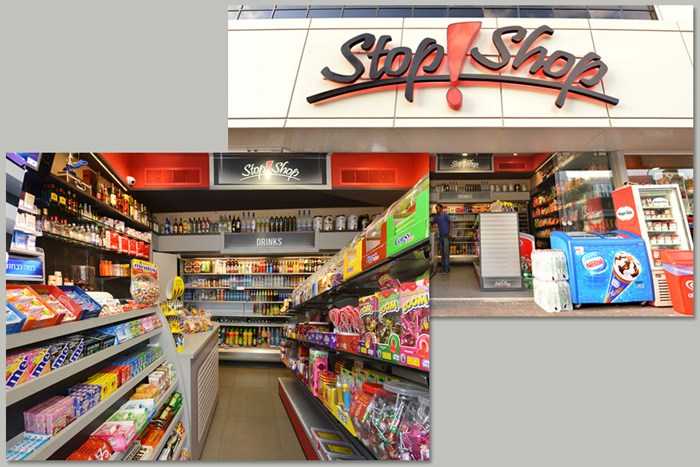 The kiosk STOP!SHOP
The kiosk STOP!SHOPThis kiosk is located on a main traffic artery and places an emphasis on fast service. The display faces the outside for maximum exposure, the counter is almost located outside, and the name, “STOP!SHOP” was chosen to broadcast the retail message. The efficiency continues in the store’s planning and design, down to the level of how a single product is displayed, all of which help customers find what they are looking for without the need for a salesperson. The customer benefits from a wide variety of merchandise and can easily find things, which compensates for the small space.
Is your retailing system effective? Does it create optimat interaction with your customer? Is your business worth a visit?
The right preparation in the physical store can transform it into a draw for customers, more so than the online alternatives. Even Amazon (www.amazon.com), one of the first and leading online stores has begun opening physical stores to increase sales, and plans to create a tailored shopping experience based on each customer’s online shopping history.
Customer and location identification technologies promote accessibility and simplify payment by removing the need for register. I believe physical stores have not yet had the last word – in fact, the opposite is true. The efforts online stores are making to “learn” customers are an attempt to replace the personal relationship that local or neighborhood retailers have with their regular customers.
With the necessary adjustments, the physical store can maintain and reinforce its place as an integral part in today’s consumer’s retail activities.